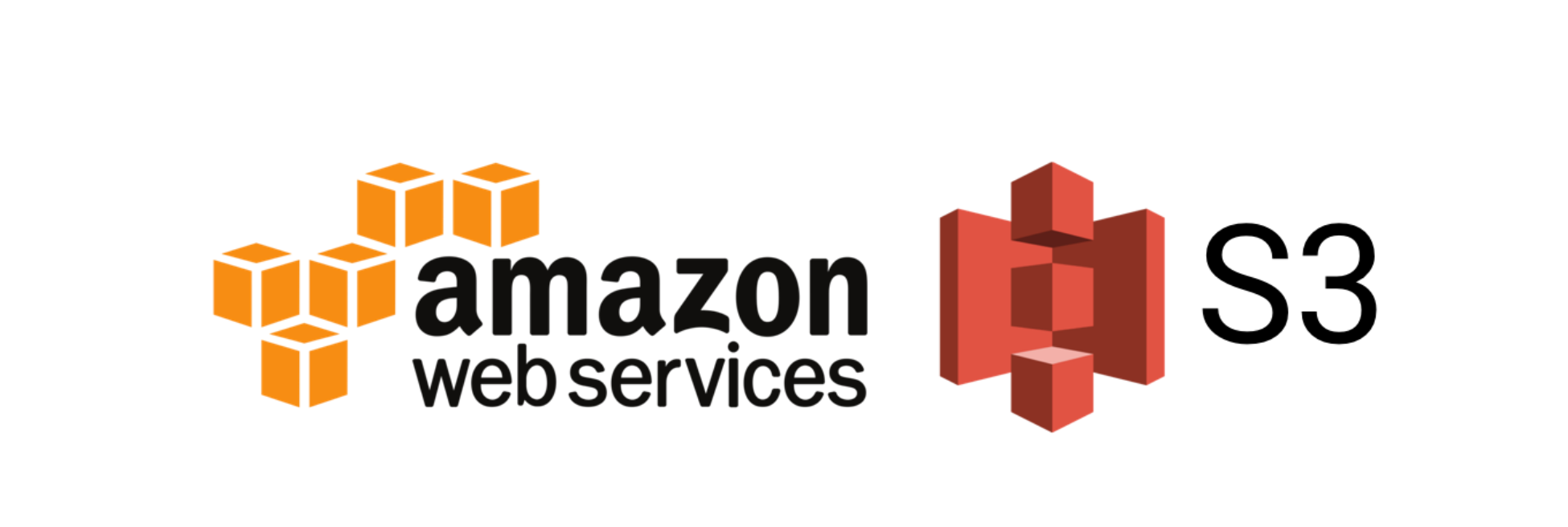Aws S3

AWS S3 (Simple Storage Service) is a fully managed, object-based storage service that allows you to store and retrieve data at any time, from anywhere on the web. S3 is designed to be highly scalable and durable, making it a popular choice for storing and serving large amounts of data. In this blog post, we'll take a look at how you can leverage S3 to build serverless applications on AWS.
What is S3?
S3 is a highly available and scalable object storage service that enables you to store and retrieve any amount of data, at any time, from anywhere on the web. S3 is designed to be highly durable, with a default annual durability of 99.999999999% and automatic backups and versioning. S3 is also a secure service, with support for encryption, access controls, and compliance regulations.
Creating an S3 Bucket
The first step in using S3 is to create a bucket, which is a container for your data. You can create a new bucket using the AWS Management Console, the AWS CLI, or one of the AWS SDKs. When creating a new bucket, you'll need to specify a unique name for the bucket and choose a region for the bucket. Once the bucket is created, you can start uploading files to it.
Uploading and Retrieving Data
S3 makes it easy to upload and retrieve data. You can upload files to an S3 bucket using the AWS Management Console, the AWS CLI, or one of the AWS SDKs. S3 also supports multipart uploads, which allow you to upload large files in smaller parts. This is useful if you're uploading large files, or if you want to resume an interrupted upload.
Once files are uploaded to S3, you can retrieve them by making an HTTP GET request to the S3 endpoint for the file. S3 also supports a number of other operations, such as listing the contents of a bucket, copying and moving files, and deleting files.
Serverless Architecture
One of the major advantages of S3 is its support for serverless architectures. With S3, you can store data and serve it directly to your users without having to provision or manage any servers. This allows you to focus on your application logic and let S3 handle the infrastructure.
For example, you could use S3 to store images for your web application and then serve those images directly to your users without having to run any servers. Or you could use S3 to store files for a mobile application and then retrieve those files directly from the S3 bucket using an SDK.
Another way to leverage S3 in serverless architecture is to trigger a lambda function when an object is created or deleted in S3. You could use this to perform automated operations like resizing images or triggering other services when a new file is created.
Security and Compliance
S3 provides a number of security features to help keep your data secure. By default, all data in S3 is encrypted in transit and at rest. You can also control access to your data using IAM policies and access control lists (ACLs). S3 also supports compliance with various regulations, such as HIPAA, SOC 2, and PCI DSS.
Conclusion
AWS S3 is a powerful, fully managed object storage service that makes it easy to store and retrieve data at any time, from anywhere on the web. Its serverless architecture, easy-to-use interface and its security and compliance features make it an ideal choice for storing and serving data in any application. S3 offers a simple way to store large amounts of data that is scalable, reliable